It’s the most wonderful time of the year—right? Winter is one of the very best seasons to spend some time with old friends—in this case great shows worthy of a revisit (or a first-time discovery), all from the comfort of your favorite armchair. And though you can always stream, various services are always shifting their content. DVDs may sound like throwbacks, but being able to pull a favorite movie or series right off the shelf can beat cloud storage and feels particularly fitting for these groundbreaking shows—moreso since DVDs generally boast better picture and sound. Plus, many DVD releases include great extras—like alternate scenes and special interviews—that seldom stream.
Herewith, ten suggestions—some of them genre landmarks, some of them pxackaged in lavish box sets (but shop around, as some outlets are offering discounts), most of which can be had with the press of a key.
 Foyle’s War: The Complete Saga ($199.99)
Foyle’s War: The Complete Saga ($199.99)
One of the great mystery series—this is also a superlative historical survey of Britain during World War II. Michael Kitchen stars as understated, deeply humane Detective Chief Inspector Christopher Foyle. Frustrated at not being part of the war effort due to his age, the World War I vet is needed to solve crimes on the home front, in the English coastal town of Hastings.
Spanning the years 1940–1947, and the beginnings of the Cold War, the series was written and created by the wildly diverse and prolific Anthony Horowitz (the Midsomer Murders co-creator and screenwriter is also a novelist of children’s, YA and adult mystery-suspense). It finds Foyle and his team—driver Samantha “Sam” Stewart (an engaging Honeysuckle Weeks) and, in the early seasons, Sgt. Paul Milner (stalwart Anthony Howell)—dealing with black marketeers, spies, saboteurs, germ warfare, war profiteering, corrupt government officials, evacuees, Nazi sympathizers, interned “enemy aliens”—and murder aplenty.
This is a beautifully produced time capsule, with a compelling central character in pursuit of justice for all.
The boxed set includes all eight seasons, five-plus hours of bonus features, and a 24-page booklet. In it, Horowitz writes that he hopes the series “has done justice to an extraordinary time.” Mission accomplished!
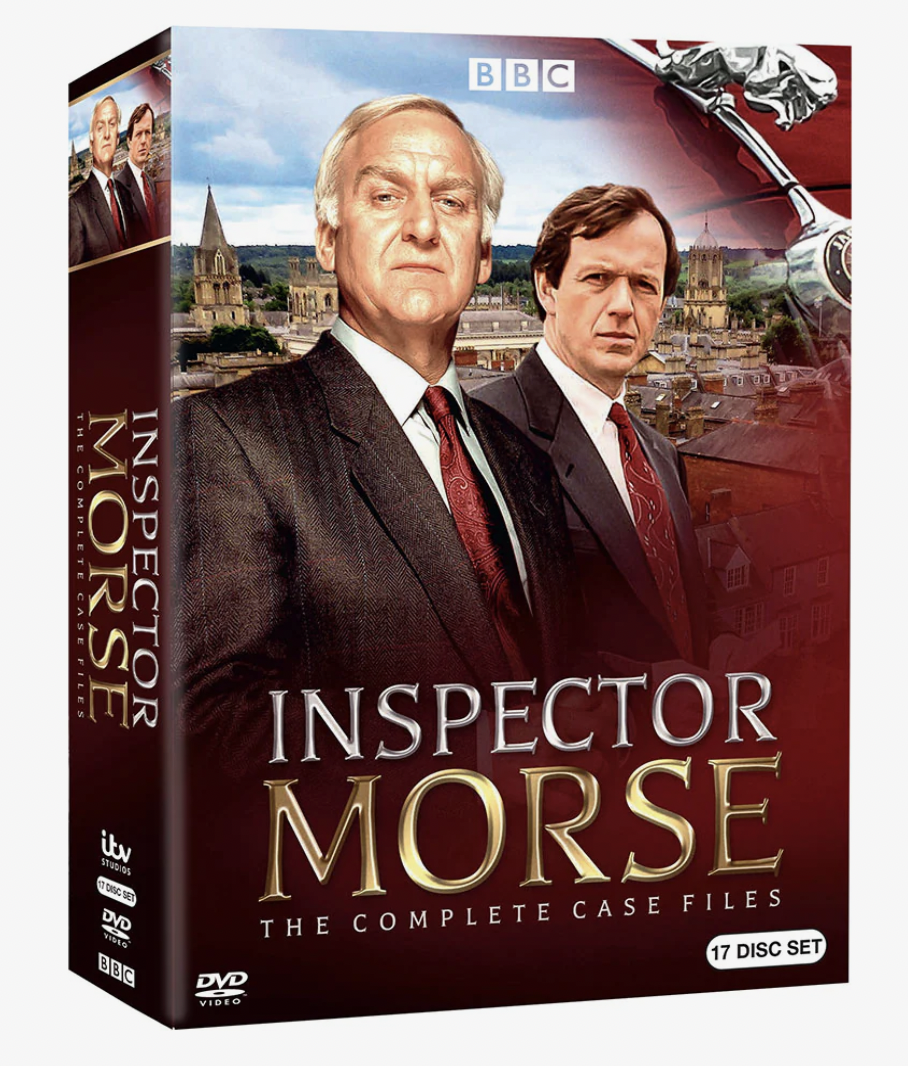 Inspector Morse: The Complete Case Files ($124.99)
Inspector Morse: The Complete Case Files ($124.99)
He drives a burgundy Jaguar Mark 2, loves poetry and opera (especially Wagner), is at home with the classics and works the daily crossword puzzle. He also appreciates single malts—often to a fault. Erudite Inspector Morse, memorably portrayed by John Thaw, is as tragic as he is mesmerizing. Self-destructive, unable to find love, he also sometimes denigrates the work of younger sidekick, Sergeant Lewis (Kevin Whately), as they investigate crime-ridden Oxford.
When the series first aired, from 1987 to 2000, the title character was so beloved that his eventual demise, and the program’s finale, led to reams of woeful column inches in the national press. No matter that author Colin Dexter once called his creation “ungracious, mean and curmudgeonly.” Morse has also been called the “quintessentially English detective.”
Along with complex plotting and oft-cerebral clues, the series welcomed a spate of great guest stars—some just newcomers, at the time. Among the who’s who: Sean Bean, John Gielgud, Michael Kitchen (Foyle!), Jonny Lee Miller, Rachel Weisz and Robert Stephens. For starry presence, there’s also the stirring theme music by Barrington Pheloung.
This 17-disc set contains 33 episodes. Find out why the Daily Telegraph called it “a televised Holy Grail.”

 Endeavour: Pilot Film & Complete Seasons 1–9 ($99.99)
Endeavour: Pilot Film & Complete Seasons 1–9 ($99.99)
There was considerable skepticism when it was announced there would be a prequel to Inspector Morse. Especially as there was already a spin-off series, the popular Inspector Lewis, with Morse’s Kevin Whately continuing in the role following the death of the Inspector. Originally conceived as a standalone to mark the 25th anniversary of the first episode of Morse, Endeavour wound up with a nine-season run.
It’s got a different look and feel than the original Morse. “We wanted to do Endeavour-noir with this one,” is how creator-writer Russell Lewis put it. Opening in 1965, when the younger Morse (Shaun Evans) is a junior detective, the series makes use of the swingin’ sixties by including beehive hairdos, mini-skirts, and plots involving women’s lib, shaggy-haired musicians, gurus and mind-altering drugs.
With Detective Chief Inspector “Fred” Thursday (Roger Allam, in more than fine form) as his mentor, and, as the series progresses, a scene-stealing Anton Lesser as chief superintendent, Morse’s idiosyncracies and detective skills take shape. Yes, he works crosswords, and attends (solo) many an opera. But he also falls in love with a free-spirited photojournalist who leaves him in order to cover the war in Vietnam. He is also enamored by Thursday’s daughter, Joan (Sara Vickers). We also see his fractured family relationships.
It’s a detailed evolution of a character whose melancholy will aid in his crime-solving. Often to the music of Wagner—and that of Barrington Pheloung.
Includes the “bonus documentary” Morse & The Last Endeavour, and four hours of bonus video.

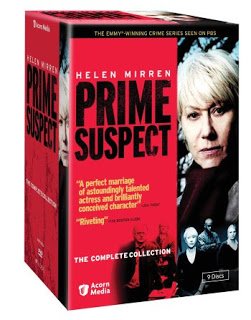 Prime Suspect: The Complete Collection ($139.99)
Prime Suspect: The Complete Collection ($139.99)
Long before the TV phenomenon The Crown, it was Helen Mirren on the throne in the feature film The Queen (2006), for which she won an Oscar. And before female cops became a TV staple, Mirren was battling stereotypes and institutional sexism as Inspector Jane Tennison, for which she won four Emmys and a trio of British Academy Television Awards (the BATA).
The series ran seven seasons, from 1991 to 2006: some are multipart serials, others are self-contained stories. As Tennison climbs the ranks to Detective Superintendent, what’s most memorable is the way in which she tries to out think “villains” (as the Brits refer to bad guys), imprisoning murderers and pedophiles, and winning the respect of her squad. Along the way she chain smokes, drinks too much, faces family issues, and deals with an unwanted pregnancy. “Jane is a vulnerable, flawed person,” Mirren once said, admitting that, when the series wrapped, she kept her character’s police ID.
Includes a nearly hour-long behind the scenes special.

 Breaking Bad: The Complete Series ($149.99)
Breaking Bad: The Complete Series ($149.99)
Is this the greatest American crime series, ever? It’s got my vote.
For character development, alone, the show is unsurpassed. Frustrated chemistry teacher Walter White (Bryan Cranston) is instructing kids who are oblivious to what he’s teaching. He’s got a pregnant wife (Anna Gunn), and a high school age son who suffers from cerebral palsy (RJ Mitte). To make ends meet he works part time at the car wash. By the time he finds out he has a terminal disease (Stage 4 lung cancer, never mind that he’s never smoked), his blustery, big mouth DEA brother-in-law Hank (Dean Norris) has already educated him on the big money that can be made off meth. Did we mention that White’s insurance won’t cover the cost of his medical treatments? Or that a former student named Jesse Pinkman (the engaging Aaron Paul), has ties to the drug world? With this, a great character—make that characters—are born.
Over five seasons, White’s evolution from desperate, sad family man to deadly drug kingpin is never less than riveting. And the series’ supporting characters have become a pop culture rogue’s gallery, with too many names to mention here (though serious props to Giancarlo Esposito’s Gus Fring and Jonathan Banks for his depiction of Mike Ehrmantraut). Saul Goodman (Bob Odenkirk), a legend in his own right, first pops in this as legal counsel to White’s chilling alter ego, Heisenberg.
A series so well-crafted and thought-provoking it has spawned university studies, as well as a line of merchandising, Breaking Bad is not only essential viewing, it’s also the show to curl up with for a binge-watching weekend. Thank you, creator-writer-director Vince Gilligan.
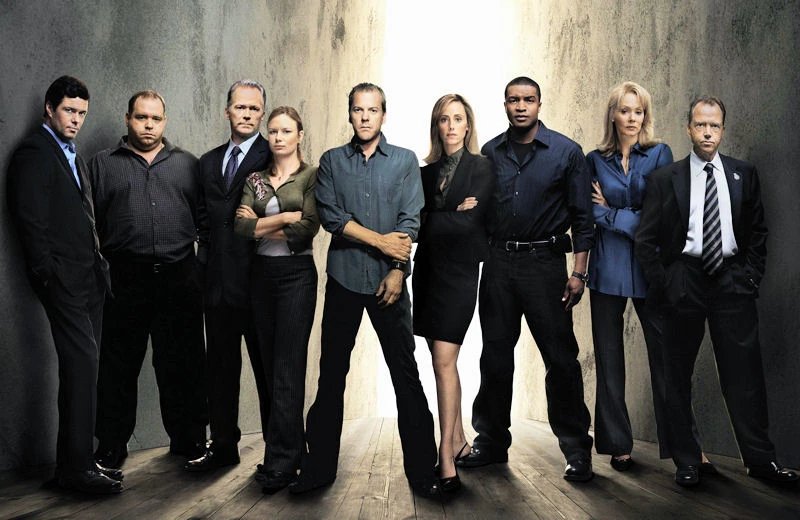
 24: The Complete Series (With Live Another Day) ($225)
24: The Complete Series (With Live Another Day) ($225)
This series was already in production when America was attacked on September 11, 2001. But in the aftermath of 9/11, the story of federal agent Jack Bauer (Kiefer Sutherland, in a career best role), who works for the Los Angeles-based Counter Terrorist Unit, took on new meaning. The fact that the series was conceived to take place in real time, with each of its 24 episodes running an hour, provided a further sense of urgency, as Bauer literally raced against the clock, over a single day, to thwart baddies.
As creator/executive producer/showrunner Howard Gordon told the Hollywood news site Deadline.com, Bauer “was really fighting part of, I think, everybody’s rage and confusion of how much...the law enforcement and intelligence apparatus had missed this attack.”
A lot could be written about 24. (I myself hope to say more at a later date.) It altered the scope and delivery of the political thriller. It also generated controversy with Bauer’s by-whatever-means-necessary approach to dealing with the enemy, and allegations of Islamophobia. But, this is a series that delivers over eight-plus seasons. (A Writer’s Guild strike resulted in a TV movie, and season nine is a limited series.)
With memorable performances by Dennis Haysbert (as a pre-Obama-era Black President), Penny Johnson Jerald as the scheming First Lady, Mary Lynn Rajskub as the unit’s computer techie, Carlos Bernard as Bauer’s colleague and friend (at least until, well, never mind…), William Devane as the Secretary of Defense, who goes on to become president while secretly suffering Alzheimer’s, and a slew of characters with other hidden agendas, led by Bauer’s colleague and former lover Nina Myers (played by Sarah Clarke), connected to one of the series’ many great plot twists.
Extras on this humongous set (56 discs!) include special features and clips of the cast at Comic Con.

 Homeland – various packages of Seasons 1–8 (prices vary)
Homeland – various packages of Seasons 1–8 (prices vary)
Where unreliable narrators are concerned, Gone Girl’s Amy Dunne has nothing on Carrie Mathison, the CIA agent who is secretly grappling with bipolar disorder while trying to convince superiors about possible sleeper agents, pending attacks, presidential subterfuge and other threats of the anxious, post-9/11 age.
24 was in its eighth season when its creator, Howard Gordon, teamed with Alex Gansa for this geopolitical thriller (based on an Israeli series).
Claire Danes pulls out all stops for her depiction of Carrie, an oft-disturbing character given to manic highs and the lowest of lows. Heck, the first season wraps with a shot of her strapped to a gurney, receiving electroconvulsive therapy (ECT). “We didn’t want Carrie to be wearing a white hat the whole time…. We wanted the viewer to wonder, is her paranoia real, or is it all in her head?” Gansa once told me.
Spanning eight seasons—too many, according to some reviewers—the series examines shifting alliances, personal as well as political, with Carrie representing the paranoia of modern times.
With Mandy Patinkin as Carrie’s mentor-sometimes antagonist Saul Berenson, and Damian Lewis as Nicholas Brody, the American POW who is more than he seems.

 Luther – various packages of Seasons 1–5 (prices vary)
Luther – various packages of Seasons 1–5 (prices vary)
A British procedural like no other, this series follows maverick London DCI John Luther (Idris Elba), as he tracks murderers while playing cat and mouse with a seductive serial killer named Alice Morgan, to whose charms he is not totally immune.
Created by novelist-screenwriter Neil Cross and airing from 2010–2015, the psychological thriller lets the viewer in on the identity of the bad guys early on. The suspense comes from Luther’s efforts: as Cross once explained, it’s a “howcatchem,” or “inverted detective story,” as opposed to a “whodunit.”
Though Elba first became known to American audiences via The Wire, the charismatic and talented actor, who is also a music producer, disc jockey and rapper, now ranks as one of the most dynamic of crime fighters, albeit one who gives in to the dark side.

 Shetland: Seasons One & Two ($39.99)
Shetland: Seasons One & Two ($39.99)
Based on the novels by Ann Cleeves (whose Vera Stanhope books became the series Vera), this Scottish noir focuses on the very decent Detective Inspector Jimmy Perez, as he maintains law and order on the bleak Shetland Islands.
Perez, as created by Cleeves, was big and tall with black hair. When the strawberry-blonde, five-foot-eleven Douglas Henshall was cast, Cleeves said, “It’s so much better to get a good actor than someone who looks like my Jimmy but can’t act.” Henshall proved so good he top-lined the series for seven seasons, only recently exiting the island-set crime drama.
The first two seasons draw from a quartet of Cleeves titles, including Red Bones, about the murder of an archaeology student and Raven Black, which was actually the first of her Shetland mysteries. In the breakthrough (award-winning) work, the murder of a teenage girl on a beach is tied to an unsolved disappearance years earlier.
It’s impossible not to like Perez, his DS Alison “Tosh” McIntosh (Alison O’Donnell) and DC Sandy Wilson (Steven Robertson), as they take on the island’s tough terrain and bleak weather, in pursuit of justice.

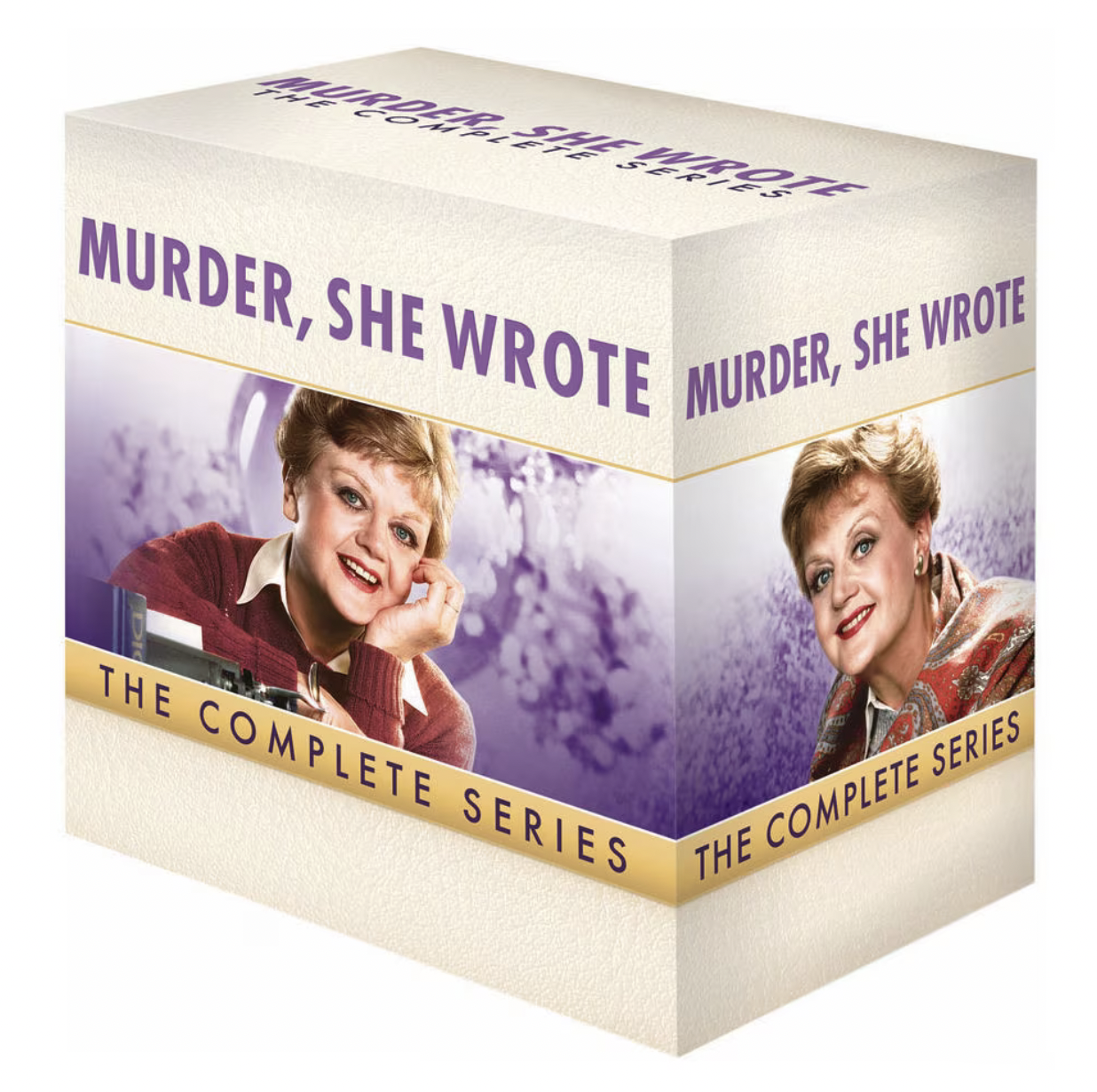 Murder, She Wrote: The Complete Series ($129.99)
Murder, She Wrote: The Complete Series ($129.99)
We’re going out with something comforting, criminal behavior notwithstanding. From 1984 to 1996, mystery writer/amateur sleuth Jessica Fletcher (Angela Lansbury) was on the case in the once-bucolic coastal community of Cabot Cove.
That 12-season run made Fletcher a household name, spawning a board game, as well as a series of mysteries “coauthored” by Jessica Fletcher that have sold millions of copies. Number 58, Murder, She Wrote: Murder Backstage, will be published next year.
As for the show, the writing is crisp, there are some twists on familiar storylines (Jessica as the jury forewoman in a nod to Twelve Angry Men), and some unexpected forays, as when Jessica goes to a writers’ conference and winds up in a in a JFK assassination investigation. And what’s not to like about the array of guest stars, who include June Allyson, Tippi Hedren, George Clooney, Joaquin Phoenix! But mostly, it’s Lansbury’s show (though the role was created with Jean Stapleton in mind), and she’s all-in.
The boxed set includes various interviews with Lansbury, and the series’ famous “crossover” episode with Magnum, P.I.
 Pat H. Broeske teaches Film as Lit for a Southern California college and is a mystery devotee who regularly reviews for Mystery Scene. Broeske is also a veteran journalist-author and a former staff writer for the Los Angeles Times.
Pat H. Broeske teaches Film as Lit for a Southern California college and is a mystery devotee who regularly reviews for Mystery Scene. Broeske is also a veteran journalist-author and a former staff writer for the Los Angeles Times.


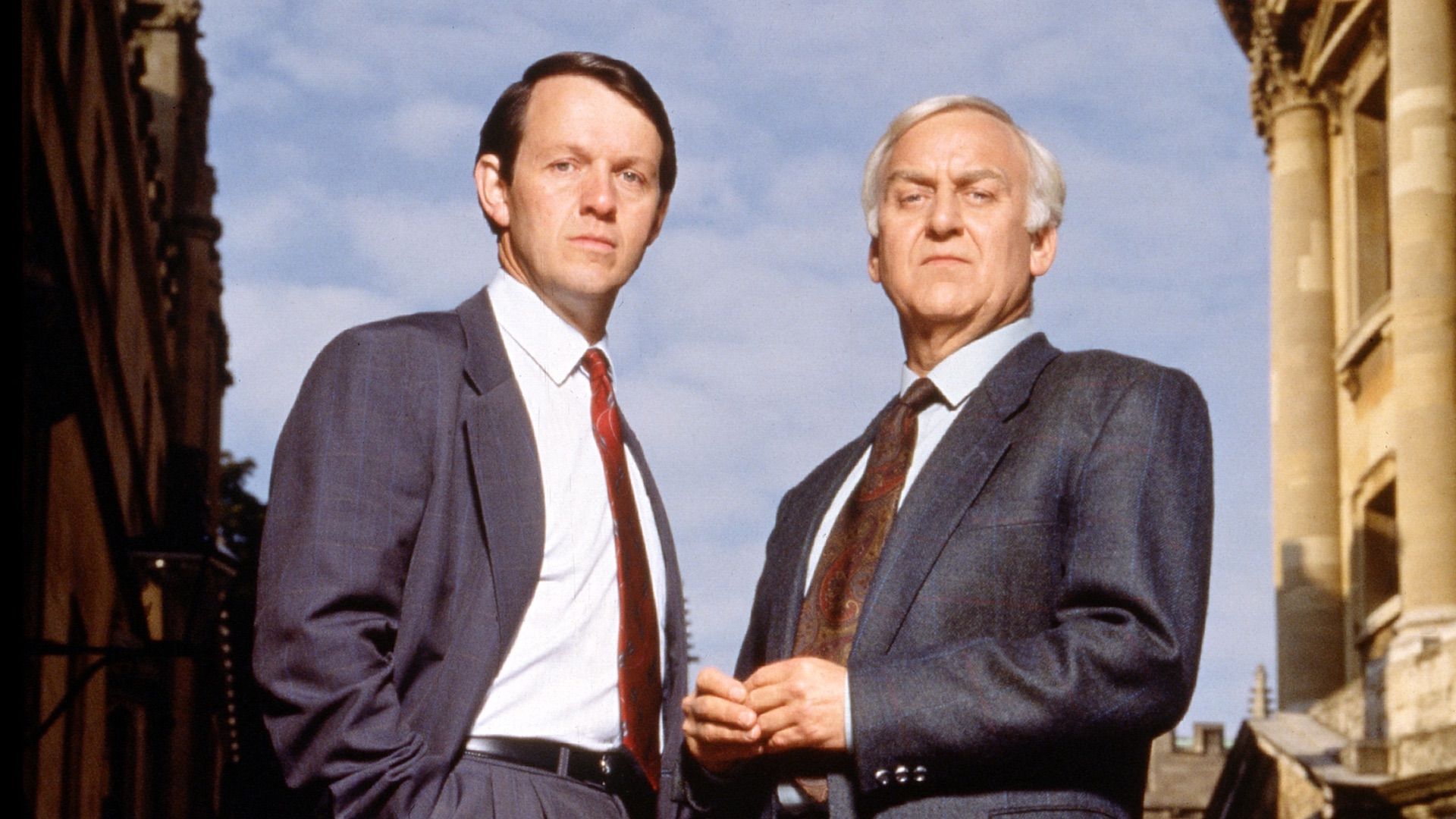


 Pictured L–R: Ruth Ware, Jean Kwok, Kate Mosse, and Lucy Worsley in a gathering of Christie aficionados featured on Agatha Christie: Lucy Worsley on the Mystery Queen.
Pictured L–R: Ruth Ware, Jean Kwok, Kate Mosse, and Lucy Worsley in a gathering of Christie aficionados featured on Agatha Christie: Lucy Worsley on the Mystery Queen.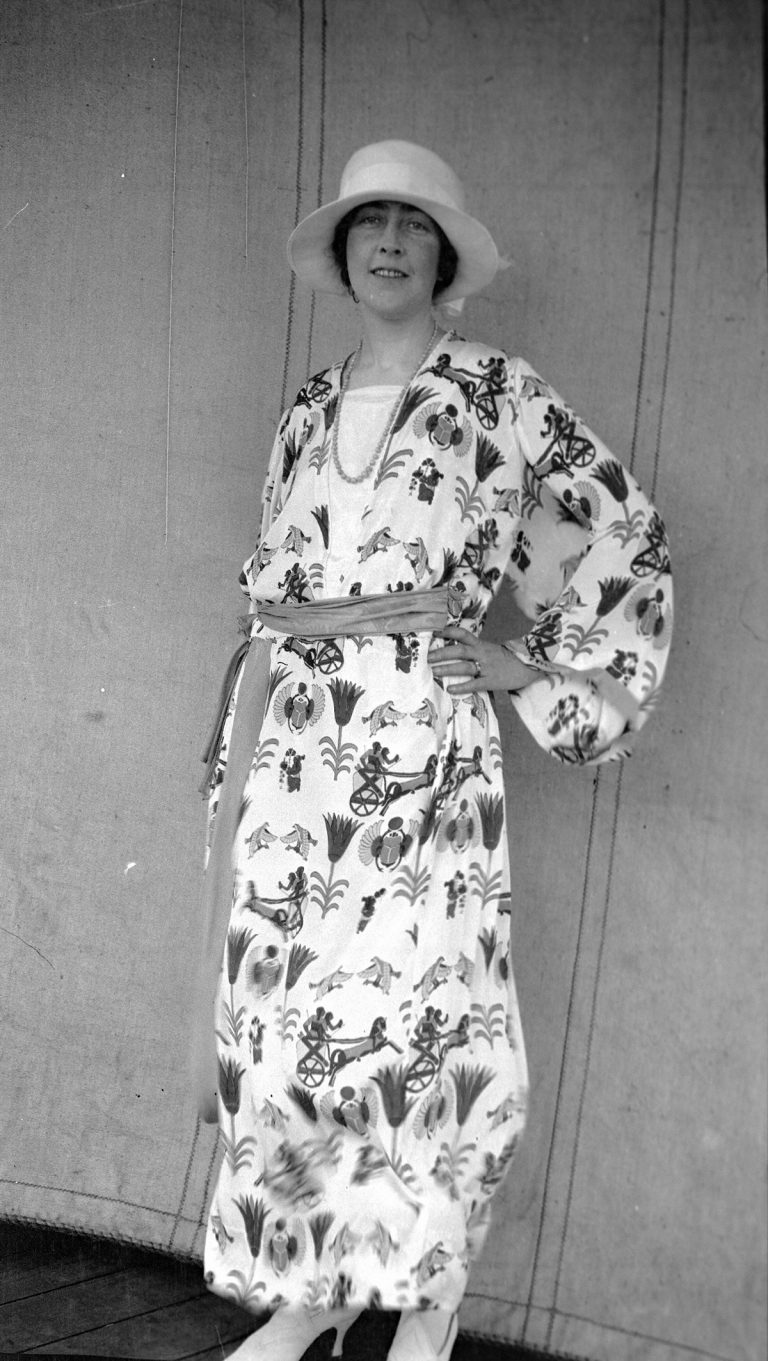 Calling such speculation “deeply wrong and deeply unfair,” Worsley added, “She was ill,” carrying out her actions while in “a fugue state” not unlike the shellshock that afflicted veterans of World War I. Further, Worsley believes Christie sought help for memory loss following her breakdown. After consultations with the Royal College of Psychiatrists, Worsley and her team were able to pinpoint the treating psychiatrist. “And you won’t hear about him anywhere else because he’s a new discovery in our program.”
Calling such speculation “deeply wrong and deeply unfair,” Worsley added, “She was ill,” carrying out her actions while in “a fugue state” not unlike the shellshock that afflicted veterans of World War I. Further, Worsley believes Christie sought help for memory loss following her breakdown. After consultations with the Royal College of Psychiatrists, Worsley and her team were able to pinpoint the treating psychiatrist. “And you won’t hear about him anywhere else because he’s a new discovery in our program.”
